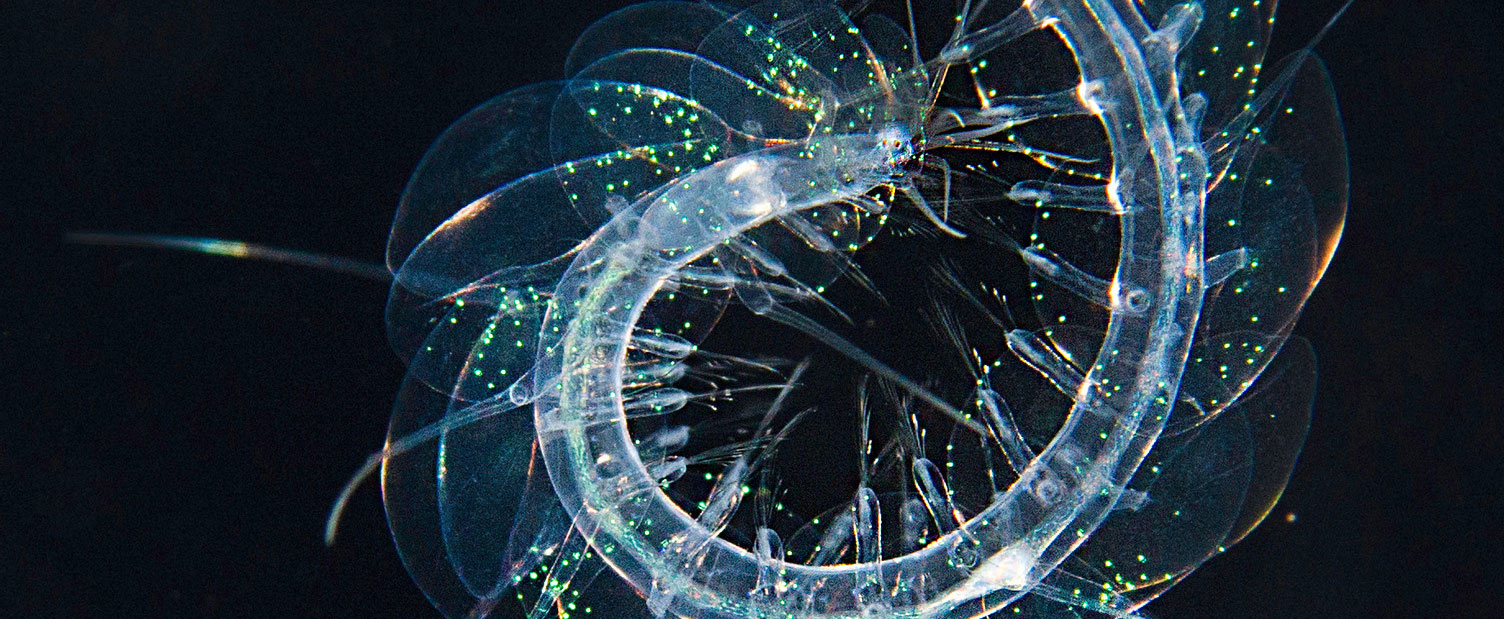
Biodiversity Deep Dive
Ocean Conservancy’s work to protect biodiversity ensures that the ocean and those who rely on it can thrive for generations to come. Explore the resources below to learn more.
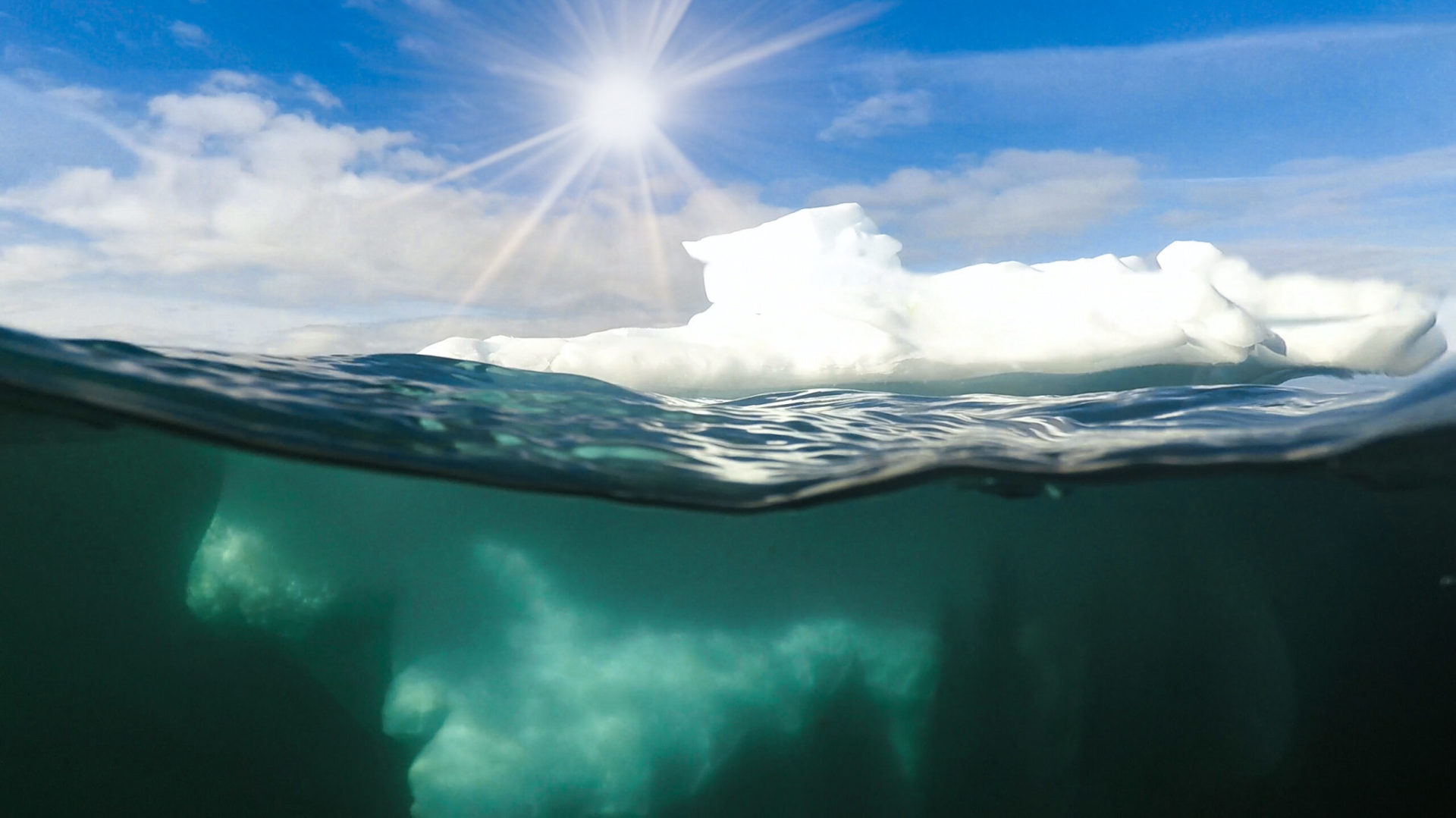
Arctic & Northern Waters
e-Navigation in Arctic Waters
Enhancing safe and environmentally sound maritime operations
Navigating the North
An assessment of the environmental risks of Arctic vessel traffic
The Bering Strait: The Gateway to the Arctic
The Bering Strait may be narrow, but it’s teeming with wildlife
Shipping in the Bering Strait Region
Challenges and solutions in the era of climate change
The Arctic Ahead
Arctic wildlife and Arctic peoples have faced rapid and dramatic environmental changes
Oil Spills Effect
How do oil spills effect the Arctic?
Greywater from Passenger Vessels in Alaska
An overview of grey water management
Protecting the Central Arctic Ocean
An international agreement to prevent commercial fishing
Arctic Sea Ice
Sea ice brief for the Central Arctic Ocean
Arctic Corporate Shipping Pledge
Ocean Conservancy launches pledge to protect the Arctic
Life in the Beaufort and Chukchi Seas
Be a part of the solution to help protect the Arctic
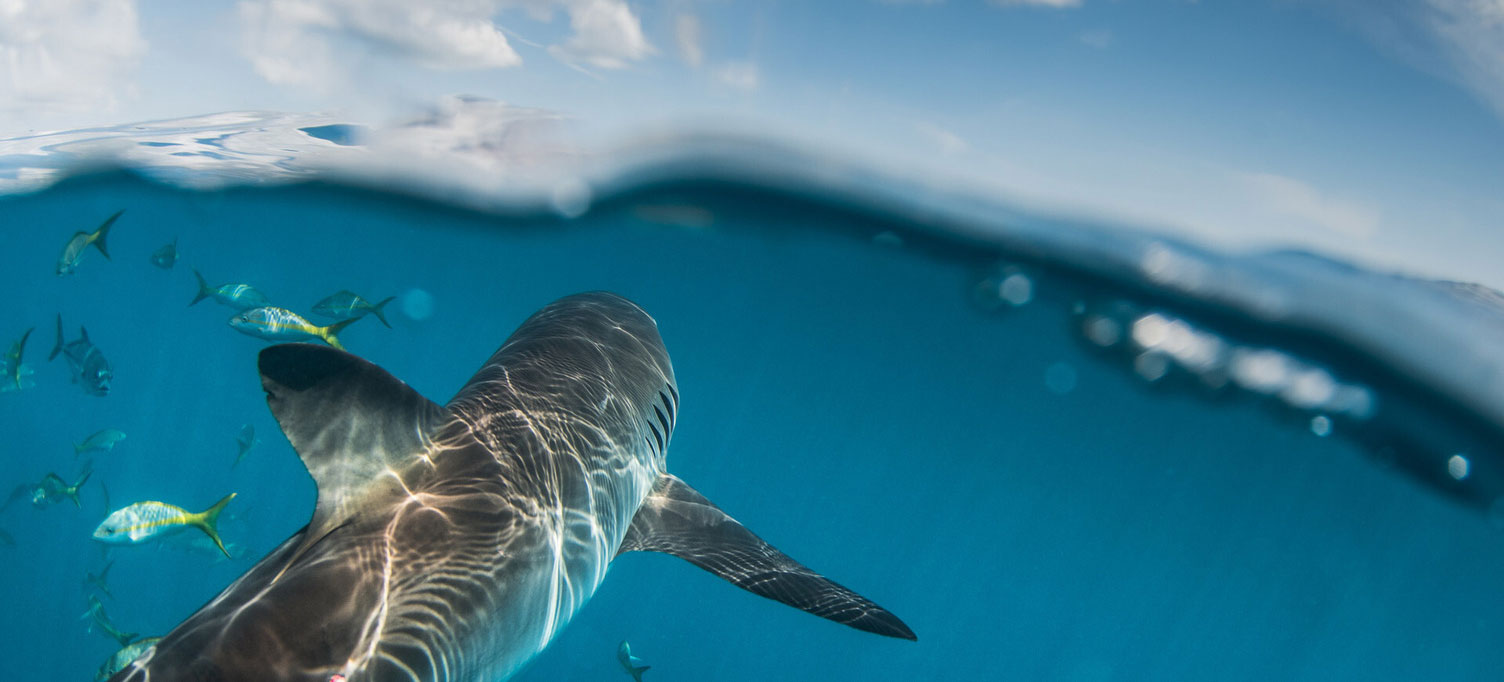
Florida
Plastic Free Cities
Empowering youth and inspiring businesses to prevent plastic pollution in their communities
Protecting Florida Habitats from Sea Level Rise
Web tool to help communities and policymakers understand the threats of sea level rise
Shores Forward Initiative
Protecting Florida’s coasts and waterways
Shores Forward Summit
Highlights From Ocean Conservancy’s Inaugural Shores Forward Summit
CAP Assessment
A collaborative effort in the city of Miami to tackle plastic and pollution
Five Animals
Five Animals You’ll See in the Florida Keys
Eliminating Plastics in South Florida
Highlights and lessons from students working with businesses to eliminate plastics
Florida’s Daunting 2024
Florida’s Daunting 2024 Hurricane Forecast
Super Bowl LIV
Ocean Conservancy’s Partnership with Miami Super Bowl Host Committee for Super Bowl LIV, Miami
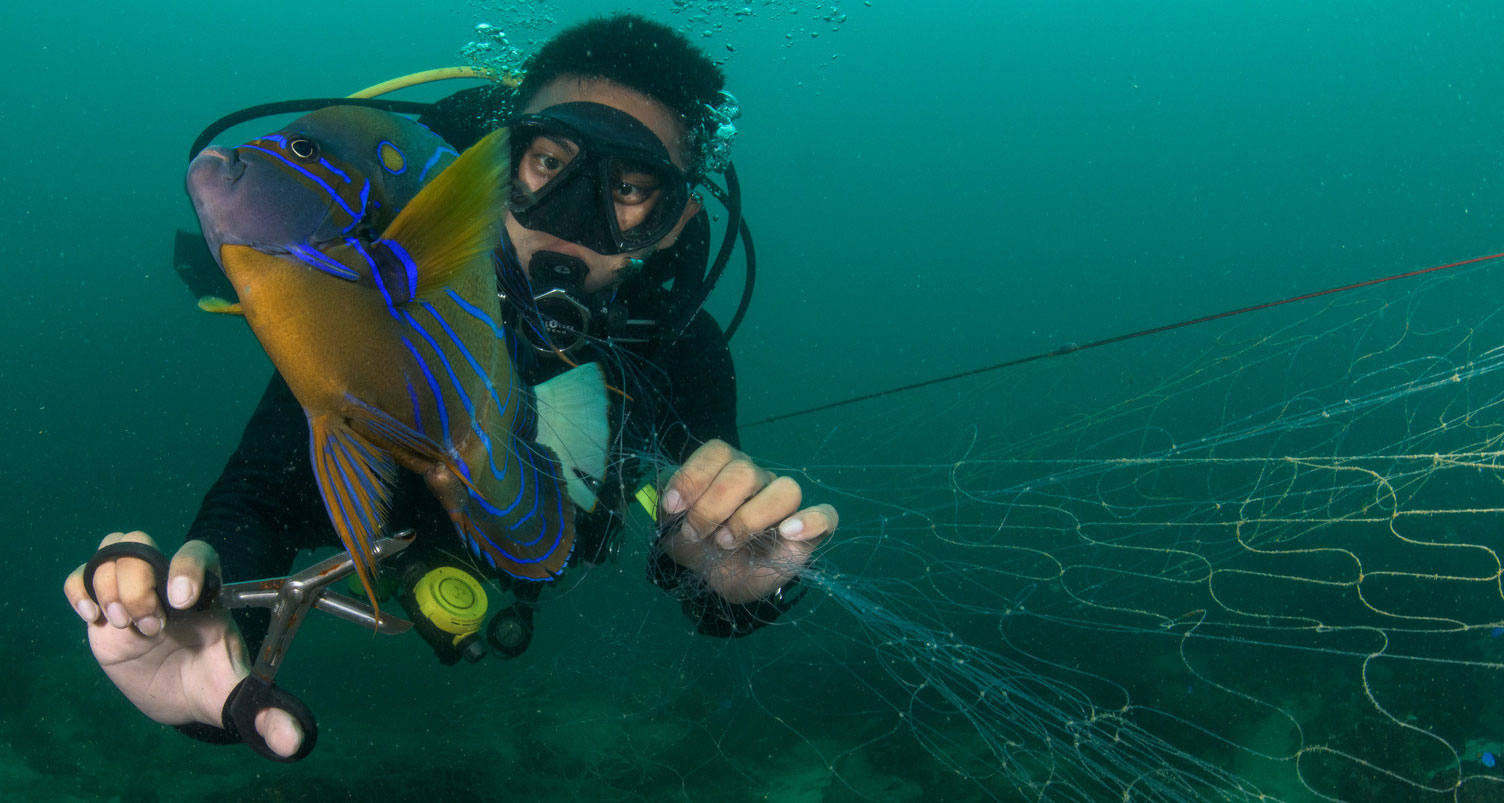
Global Ghost Gear Initiative®
North American Net Collection Initiative
Meet the first initiative to address ghost gear in coastal waters of Mexico, United States & Canada
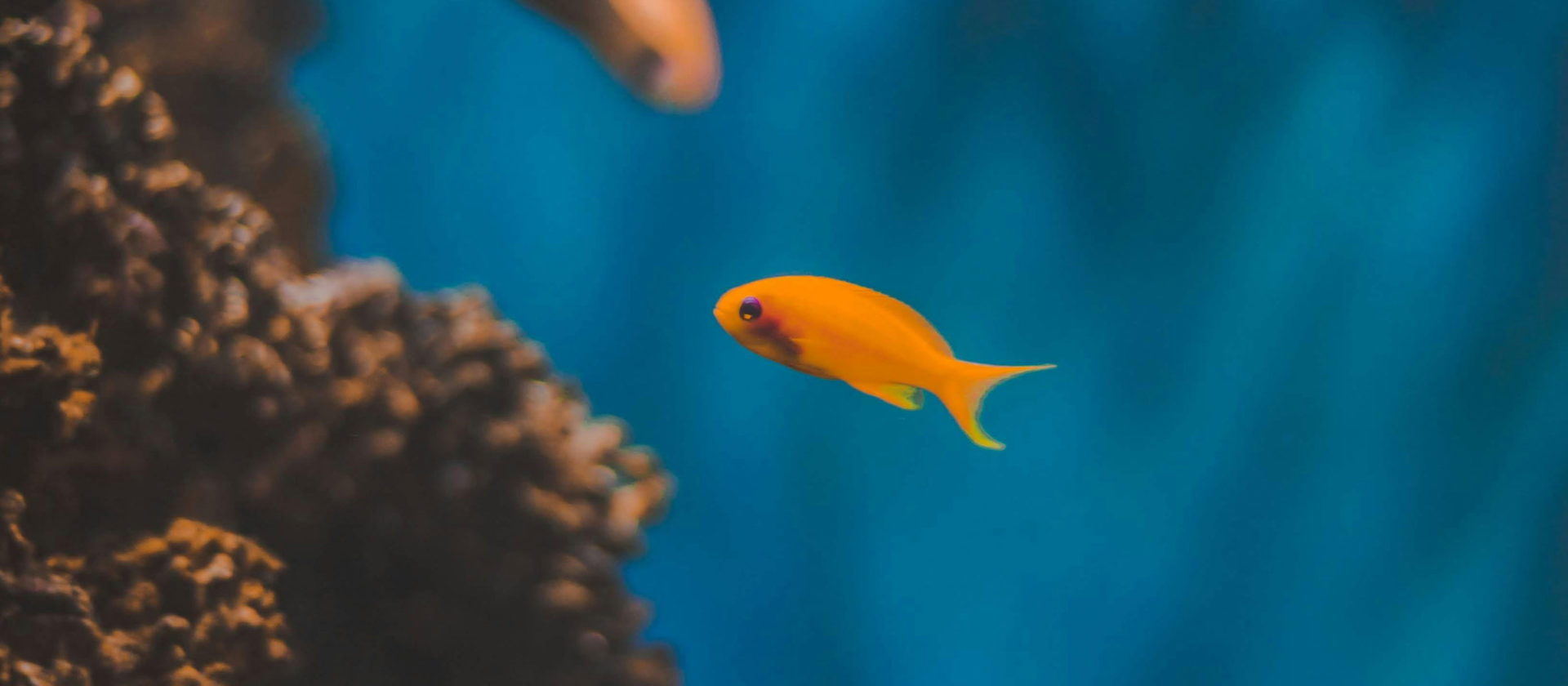
Healthy Fisheries
Climate Change and Pacific Cod
This story map about the Pacific cod collapse
Fact Sheet: Climate-Ready Fisheries Act
Ensure our fisheries and fishing communities are prepared to deal with climate change
Fact sheet: Helpful Guide US Fishery Management
Healthy fisheries benefit everyone
Fact Sheet: Restaurants Can Promote Sustainable American Seafood
Restauranteurs can promote and protect access to a stable supply of sustainable American seafood
Fact Sheet: Sustaining America’s Fisheries Future Act
An update to the nation’s premier marine fisheries law
Status Determination Criteria (SDC)
What to watch out for with Status Determination Criteria and stock management
Fish Coloring Pages
Get to know some of our favorite ocean creatures with coloring pages
fish and us
Podcast spotlights climate and fisheries stories from the waterfront
Sustainable Fisheries
Four possible climate futures for West Coast fisheries
Healthy Fisheries
Key facts to Know about the Magnuson-Stevens Act
Supporting Fish and Fishermen
An Introduction to the Magnuson-Stevens Fishery Conservation and Management Act
Tested Approaches for Climate-Ready Fishery Management
Suite of different approaches to address different challenges for climate-ready fisheries
Restoring the Gulf of Mexico’s Red Snapper Fishery
Learn more about the recovery of the Gulf red snapper
Bringing Red Snapper Back from the Brink
Restoring this iconic fish in the Gulf of Mexico
California Current Tip Sheets
California Current Integrated Ecosystem Assessment